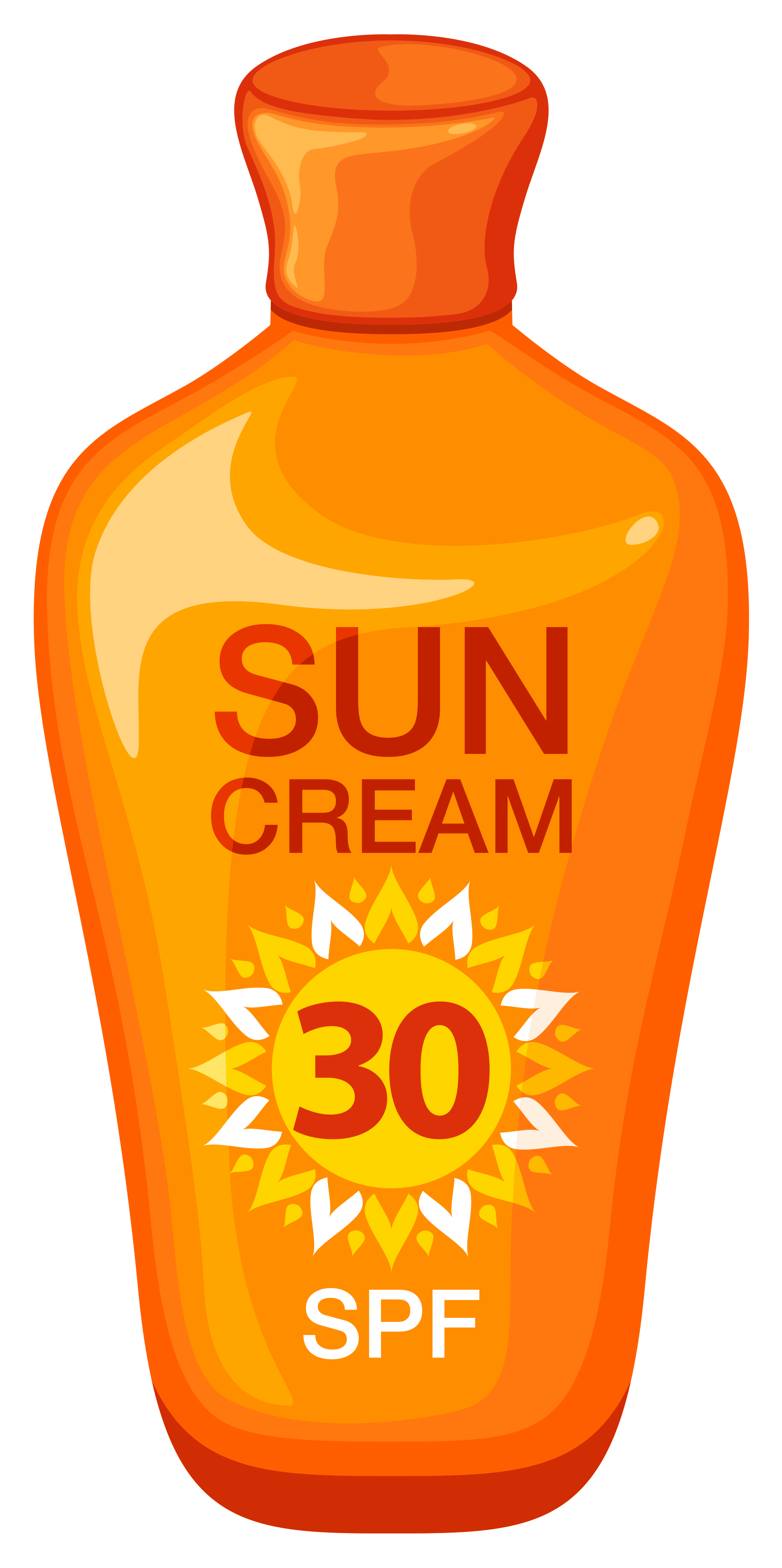Do People of Color Need Sunscreen? Myths about Melanin
Gallery

Melanin is not enough protection for people of color from the sun’s damaging affects and the narrative that SPF is wasted on people of color is almost as dangerous as the sun’s rays. Many households for people of color have been taught from an early age that sunscreen isn’t a necessity due to the melanin in their skin acting as a natural shield. The controversy goes deeper as some theorize that sunscreen simply isn’t created for people of color due to the chalky white cast of some popular sunscreens and claim that sunscreen will only harm the production of Vitamin D in people of color, which is low for most African Americans in North America.
Vitamin D (which we receive from the sun) insufficiency is more prevalent in African Americans than any other group in North America says Susan Harris of The Journal of Nutrition. Many SPF critics believe that not only is sunscreen unnecessary but also harmful.
Despite the challenges and conspiracies surrounding sun protection for people of color, the fact remains, sun protection is a necessity. Sally Wadyka of Consumer Reports writes in “Sunscreen is a Must for Dark Skin” that, “In a 2014 study, researchers at the Centers for Disease Control and Prevention and the National Cancer Institute reported that 13 percent of African-Americans and 31 percent of Hispanics surveyed said they had experienced at least one sunburn in the past year.” The melanin in the skin of people of color is not a perfect shield. Although it prevents the speed at which the skin burns, the skin is still at risk of skin cancer, photo damage, hyperpigmentation and premature aging.
Solving the sunscreen crisis in people of color communities requires ushering in information on skin health and promoting products that will be wearable on all skin tones. The first step is debunking the myth that sunscreen harms the production of Vitamin D. Anne Marie McNeil, MD, PHD, and Erin Wessner, writers for the Skin Cancer Foundation Journal, states that you can still receive a percentage of vitamin D, even while wearing sunscreen. “One of the explanations for this may be that no matter how much sunscreen you use or how high the SPF, some of the sun’s UV rays reach your skin. An SPF 15 sunscreen filters out 93 percent of UVB rays, SPF 30 keeps out 97 percent, and SPF 50 filters out 98 percent.” McNeill and Wessner continue, “This leaves anywhere from 2 to 7 percent of solar UVB reaching your skin, even with high-SPF sunscreens. And that’s if you use them perfectly.” Skincare brand Supergoop claims on its website that “It only takes 5 minutes of sun exposure a day for optimal vitamin D levels.” If you’re lacking in Vitamin D, there are also supplements that might be more effective and less dangerous than solely relying on the unpredictable nature of the sun.
Representation of people color and their use of sunscreen is critical in addition to changing the uninformed narrative around the use of sunscreen. Sunscreen developed specifically for people with darker melanin and advertised showing people of color benefiting from the protection will prove beneficial for people of color who have been hesitant to use thick white sunscreen that is most commonly advertised. Not all sunscreens are the same. Sunscreen lotions are absorbed into the skin and then absorb the sun’s rays through a chemical reaction that then expels the energy as heat unlike mineral sunscreens that sit on top of the skin to reflect the UVA and UVB rays. Such information should be promoted alongside campaigns that raise skin cancer awareness, to help defeat the negative connotations of sunscreen while protecting the skin of people of color.
